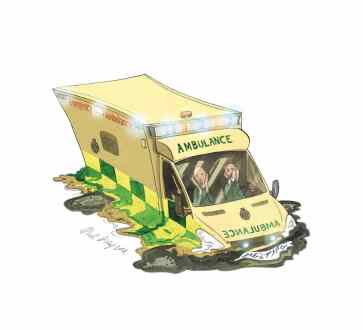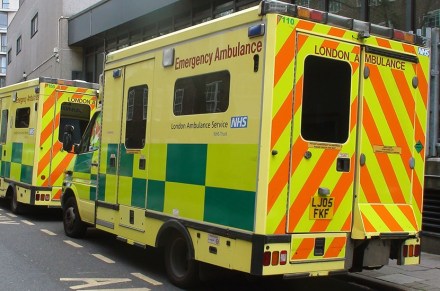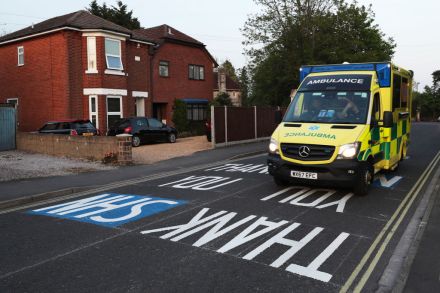Six graphs that show how the NHS is collapsing
If you called an ambulance last month you probably faced quite a long wait. Figures released this morning show the average time for an ambulance to arrive after a ‘category two’ call-out was 51 minutes, only slightly down from 61 minutes in March. This is still nearly three times longer than the 18 minute target for category two emergency calls, which include serious conditions such as strokes or chest pain. Pressure is mounting within hospitals too, with 12 hour A&E waits reaching a new high: one in 20 patients now have to wait half a day or more for treatment after arriving at hospital. Category one emergency calls – where there




